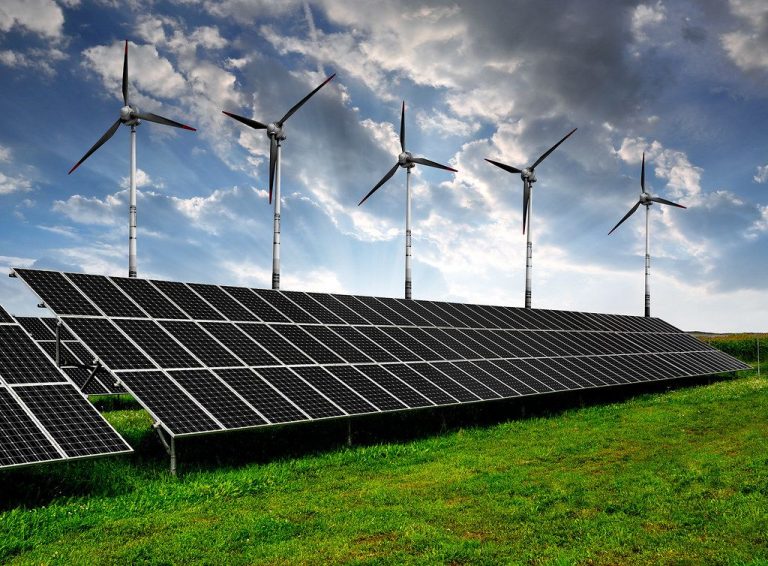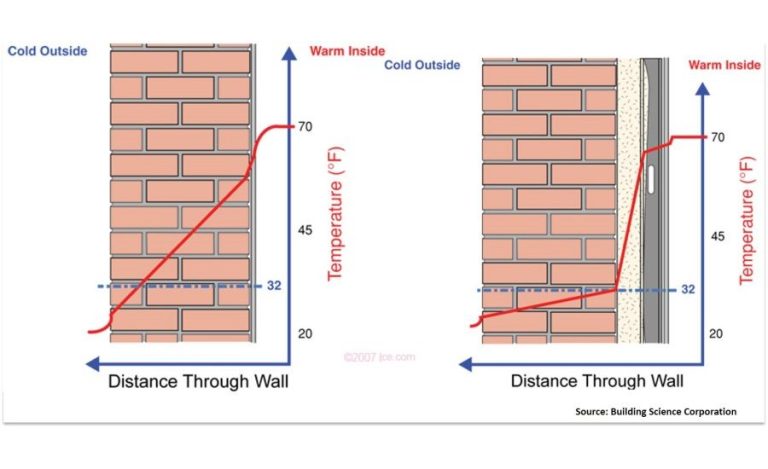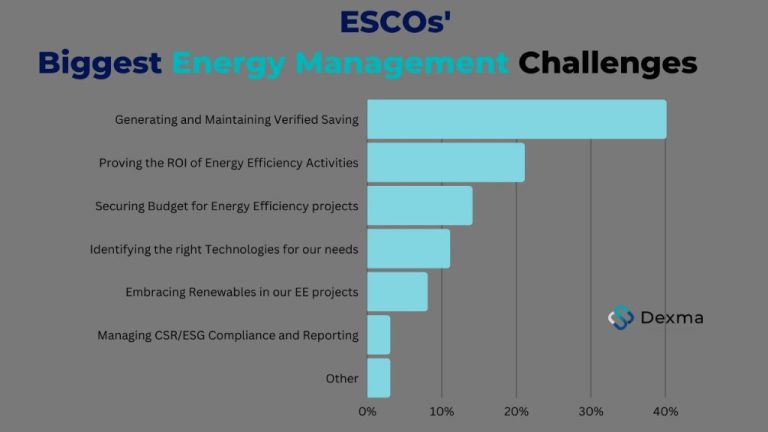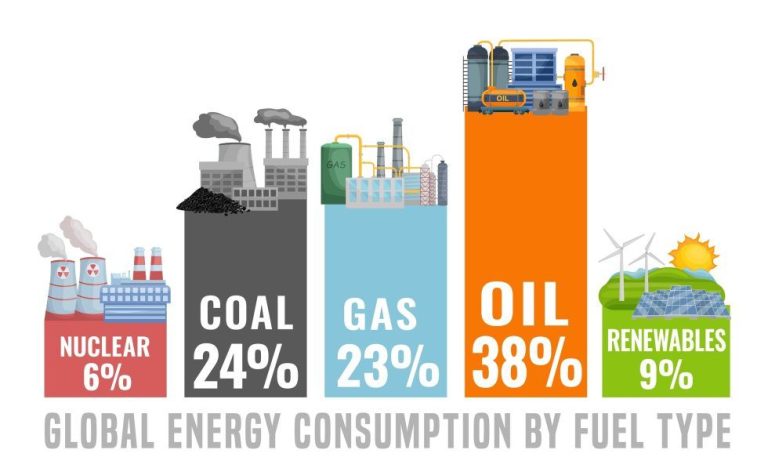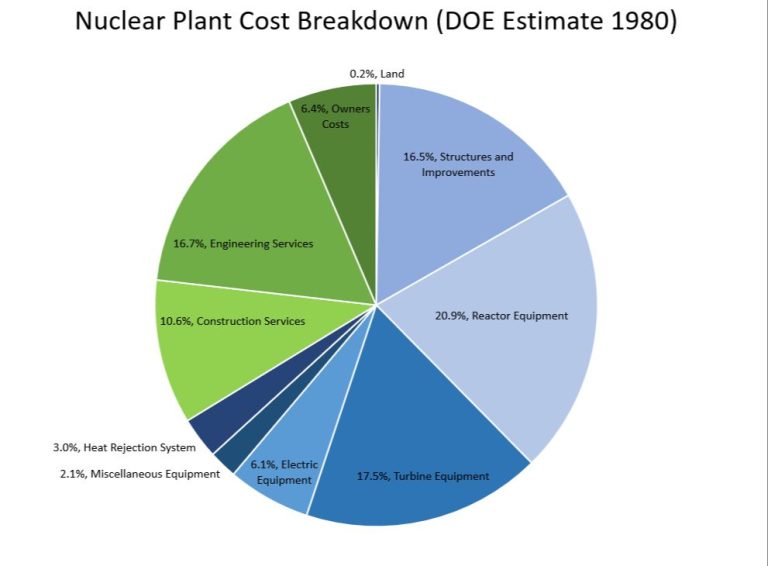What Is Energy Rating In Netherlands?
The energy performance certificate or energielabel in Dutch, also known as an energy label, shows a property’s energy efficiency rating in the Netherlands. The energy label was introduced in 2008 based on a European Union directive to promote energy efficiency of buildings and drive market transformation toward more efficient buildings (1).
The energy label provides insight into how energy efficient a home or building is on a rating scale from A++++ (most efficient) to G (least efficient). The label takes into account aspects like insulation, heating installation, solar panels, and ventilation. The certificate is mandatory when renting out or selling buildings and must be shown to tenants and buyers (2).
The purpose of the energy label in the Netherlands is to make the energy efficiency of properties transparent. This allows buyers and tenants to make informed decisions and prefer energy efficient buildings. It also aims to stimulate property owners to invest in sustainability measures to improve labels and reduce energy consumption. The certificate is valid for 10 years.
History and Origins
Energy labels for residential buildings were first introduced in the Netherlands in 2008 as part of the European Union Energy Performance of Buildings Directive. The directive aimed to promote improvement in the energy performance of buildings across member states.
Energy labels provide information on the energy efficiency and environmental impact of a home. They allow buyers and tenants to easily compare properties and make energy efficiency part of their decision. The labels are presented on a scale from A (very efficient) to G (extremely inefficient).
The standardized labels were implemented to increase market transparency and incentivize energy efficiency improvements in the building sector. Homeowners with better rated properties can charge a premium while lower ratings tend to decrease property value. This aims to motivate upgrades.
Since their introduction, minimum energy performance requirements have also been implemented in stages. As of 2021, all homes for sale or rent are required to have at least an E rating.
How Energy Ratings Work
The Netherlands uses an energy performance certificate (EPC) rating system to indicate the energy efficiency of residential and commercial buildings. This rating is represented by a label that uses a scale from A (most efficient) to G (least efficient). The label is mandatory when renting, selling, or constructing a property in the Netherlands.
The EPC label provides information on the theoretical energy consumption of the building per square meter, as well as the CO2 emissions associated with this consumption. The rating is calculated based on the thermal insulation, heating and hot water systems, ventilation, solar panels or renewable energy sources, and lighting.
Here is what the different energy rating levels indicate:
- A – Extremely energy efficient. These buildings have excellent insulation, efficient systems, and renewable energy sources.
- B – Very energy efficient. Good insulation and efficient heating and electrical.
- C – Energy efficient. Decent insulation and system efficiency.
- D – Moderately energy efficient. Some insulation and efficient components.
- E – Somewhat energy efficient. Meets basic insulation and system requirements.
- F – Not very energy efficient. Poor insulation and inefficient systems.
- G – Extremely inefficient. Very poor insulation and systems.
A higher EPC rating indicates lower energy bills and environmental impact. For example, an A-rated home could have energy costs up to 80% lower than a G-rated property of the same size (Source).
Appliances
The energy efficiency of household appliances such as washing machines, dryers, refrigerators, dishwashers, and ovens are rated using the EU energy label in the Netherlands.
The EU energy label uses a scale from A (most efficient) to G (least efficient) to indicate the energy efficiency of appliances (European Union energy label, Wikipedia). The rating is determined based on energy consumption per cycle or year as well as noise level, water consumption, and other factors.
For example, an A-rated refrigerator will consume significantly less energy annually than a G-rated model. According to Reddit users, energy efficient appliances that score an A or B rating are becoming the norm in Netherlands, but cost more upfront (Energy Efficient Appliances: r/Netherlands, Reddit).
Since 2021, new energy label ratings A-G have been introduced in EU countries including Netherlands to encourage purchase of higher efficiency appliances. The new scale accounts for technological improvements so an A-rated appliance is now the absolute most efficient available (new energy labels explained, Netherlands appliance energy ratings 2021).
When purchasing appliances in Netherlands, consumers should look for EU energy labels with A or B ratings to get the most energy efficient models. Higher upfront costs can be offset by energy savings over the lifetime of the appliance.
Heating Systems
The energy rating for heating systems in Dutch homes focuses on the efficiency of equipment like boilers and heat pumps. According to the Dutch government, the rating scale goes from A+++ (most efficient) to D (least efficient).
For gas boilers, an A rating indicates over 94% efficiency while a B rating is between 86-94%. Condensing boilers tend to rate A or B. Non-condensing and older boilers often get a D rating. Heat pumps range from A+++ for ground source to A+ for air source models.
Improving the energy rating for your home’s heating system can significantly reduce energy bills. Replacing an older gas boiler with a new condensing model can improve efficiency by over 10%. Upgrading from a C rated boiler to an A rated one could save a household around €200 per year.
The Netherlands aims to phase out gas heating systems in coming years as part of its renewable energy targets. This will require homes to switch to more efficient electric heat pump systems. Having an A+++ pump instead of a D rated gas boiler could cut heating costs by 50% or more.
Lighting
The EU energy label for lighting products like lightbulbs and fixtures was updated in September 2021 to use a new A-G rating scale. The previous system rated bulbs on an A++ to E scale, but this was changed to help consumers more easily understand and compare energy efficiency [1].
On the new scale, most LED bulbs now fall into the C to F range. Incandescent bulbs are generally rated F or G, while CFL bulbs span from C to E. Very few bulbs can currently achieve A or B ratings, as those are reserved for future ultra-efficient products [2].
The label also provides info on brightness, lifetime, color temperature, and flicker level. This allows consumers to compare technical specs and choose the right bulb for their needs. Energy efficient choices like LEDs can save money on electricity bills over time despite higher upfront costs.
Building Envelope
The building envelope, which includes walls, roof, windows, doors, etc., plays a major role in the energy performance rating of a building in the Netherlands. Improving insulation and reducing heat loss through the building envelope is one of the most effective ways to improve a building’s energy label.
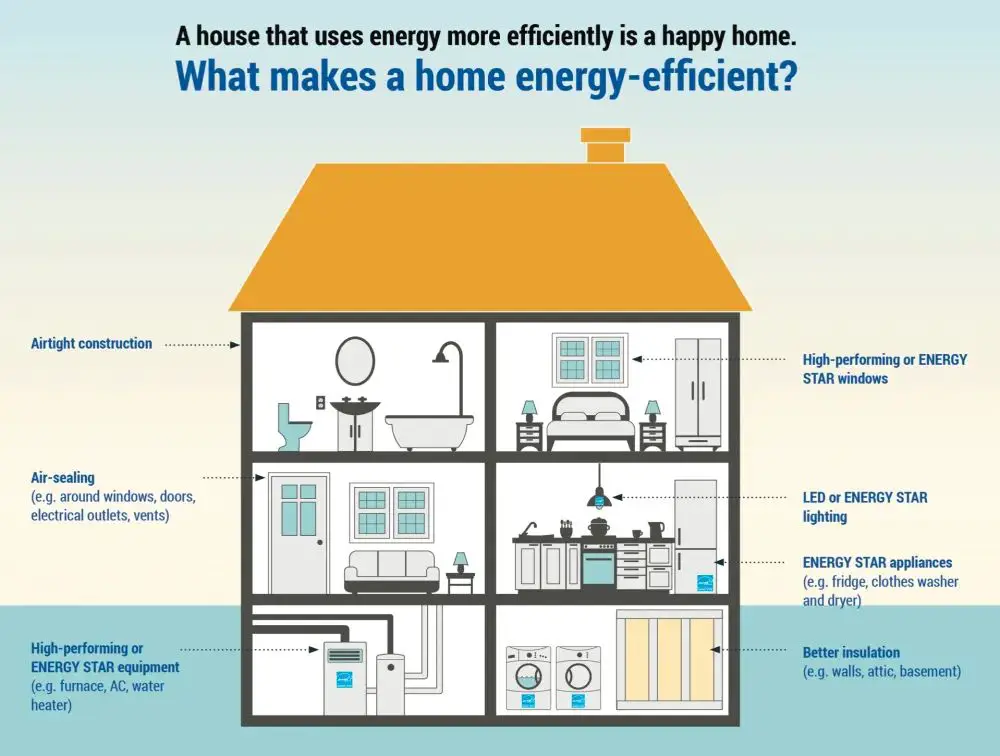
According to a European Commission report, buildings in the Netherlands are required to meet minimum energy performance standards that consider the building envelope, including insulation requirements. Higher levels of insulation in walls, floors, roofs and the use of thermally efficient window frames and glazing will result in better energy ratings.
For existing buildings, adding insulation to the roof, walls, and floors can significantly reduce heat loss and improve the energy label. Upgrading to triple-glazed windows and insulating window frames also helps retain heat during cold weather. Proper installation of weather stripping and sealing air leaks around windows and doors helps minimize drafts and infiltration.
For new construction, utilizing passive house design principles and high insulation levels allows buildings to achieve very good energy ratings with minimal heating and cooling needs. Attention to detailing and minimizing thermal bridges also helps reduce heat loss through the building envelope.
Impact on Home Prices and Rentals
Energy ratings can have a significant impact on home and rental prices in the Netherlands. According to research from ING, energy-efficient homes tend to sell for higher prices compared to homes with high energy consumption (source). The energy label rating gives an indication of how energy efficient a property is on a scale from A to G. Properties rated A to C are generally considered more desirable and can command higher prices and rents.
As of 2024, plans to increase mortgage limits for energy-efficient homes will come into effect. This is expected to further increase demand and prices for properties with A through C ratings. Conversely, homes with D through G ratings will likely decrease in value as buyers shift preference to more efficient options (source). Landlords may also face challenges renting out properties with poor energy ratings.
Overall, energy labels have become an important factor for buyers, renters, and investors in the Dutch property market. Improving a property’s rating can directly translate to higher valuations and rental income.
Improving your Rating
There are several ways you can upgrade your home’s energy rating and improve its efficiency. Some tips include:
Installing insulation – Adding insulation in walls, attics, and basements can significantly reduce heat loss in winter and heat gain in summer. Spray foam or blown-in insulation tends to offer the best performance.
Upgrading windows – Installing energy efficient windows like triple or double glazed can improve insulation. Coatings and low-emissivity glass also boost efficiency.
Sealing air leaks – Caulking and weatherstripping around windows, doors, and openings can plug air leaks that contribute to energy waste. A blower door test can identify problem areas.
Upgrading heating/cooling systems – High efficiency furnaces, boilers, central air conditioners, and heat pumps can slash energy use. Smart thermostats also help optimize efficiency.
Adding solar panels – Solar photovoltaic (PV) systems generate renewable electricity to power your home and reduce grid dependence. Batteries store excess energy.
Replacing appliances – Choosing ENERGY STAR certified washers, dryers, refrigerators, and other appliances cuts electricity use substantially.
Improving ventilation – Installing energy recovery ventilators brings in fresh air while reducing heating and cooling loads.
Following professional advice – An energy audit from a certified professional can provide a detailed roadmap for cost-effective upgrades.
Taking advantage of incentives – Tax credits, rebates, and financing programs from the government and utilities can offset the upfront costs of upgrades.
Future Outlook
The Netherlands has set ambitious goals for the future of energy ratings and sustainability. The government aims to reduce greenhouse gas emissions by 49% by 2030 compared to 1990 levels, as outlined in the National Energy and Climate Plan (NECP) (IEA, 2020). To reach this target, the share of renewable energy generation should increase to 27% by 2030.
By 2050, the Dutch government wants to reduce emissions to zero net emissions, which will require widescale improvements in energy ratings across all sectors (Government of the Netherlands, n.d.). This transition to carbon neutrality will depend on further increasing renewable energy, electrifying heating and transport, and improving efficiency standards for appliances, buildings and more.
Stricter energy performance standards for new buildings are planned for 2021, requiring new homes to operate without a gas connection. Financial incentives, such as subsidies for heat pumps and zero-interest loans for sustainability measures, aim to improve ratings. The government is also developing neighborhood-based approaches through energy masterplans. With these comprehensive efforts across sectors, the Netherlands hopes to continue as a leader in energy efficiency and sustainability.

